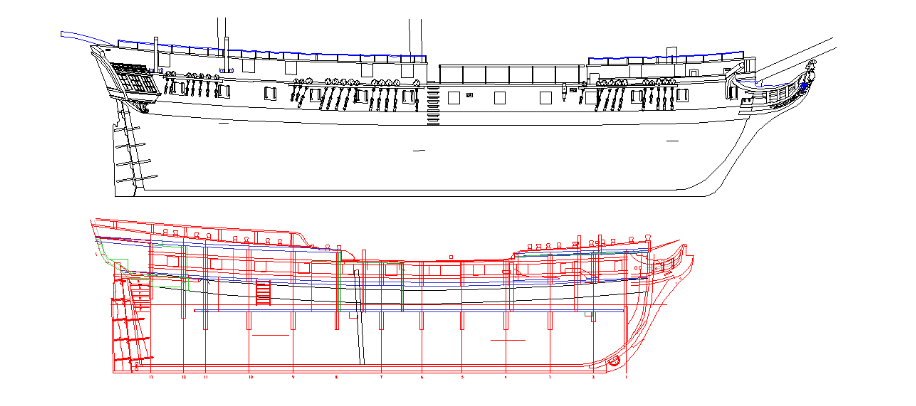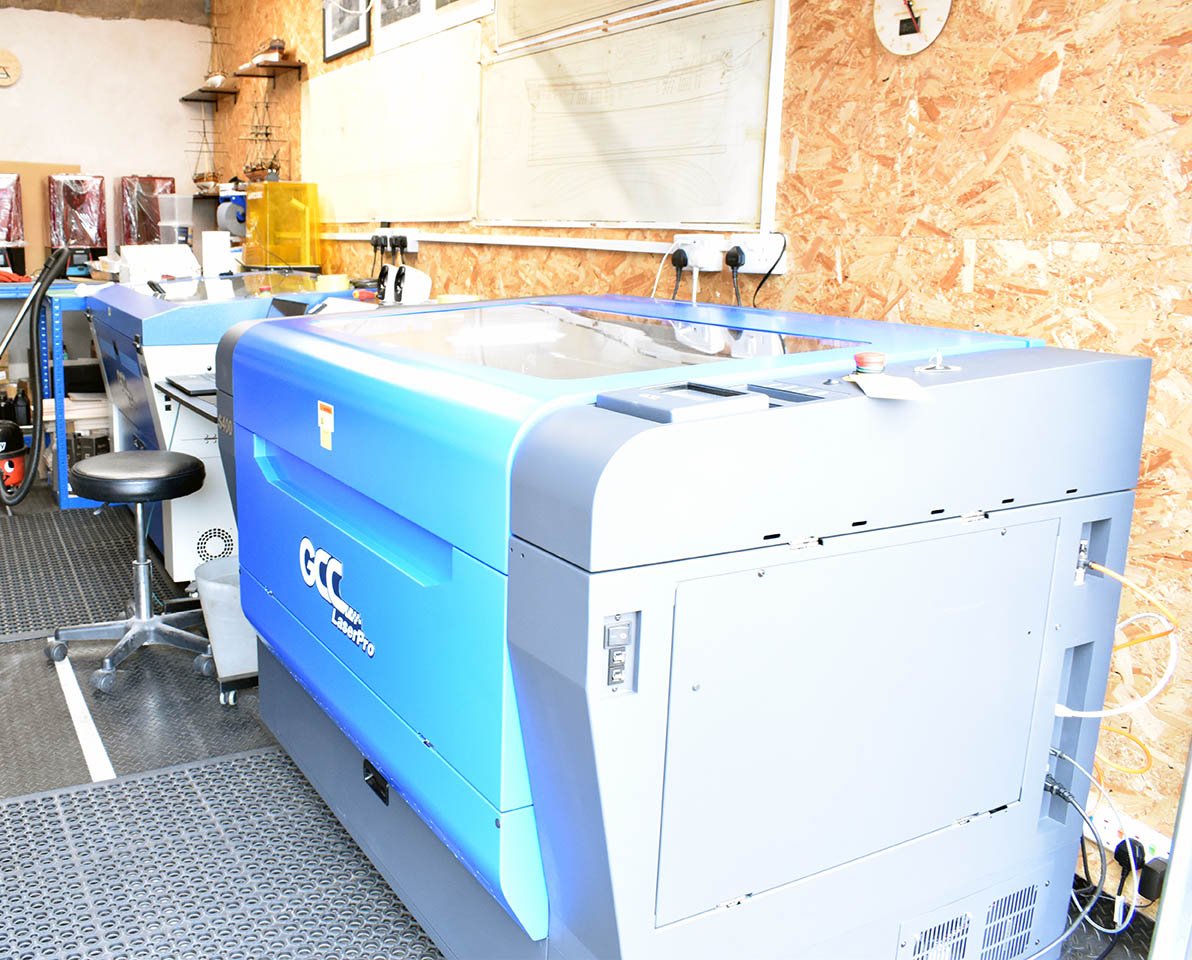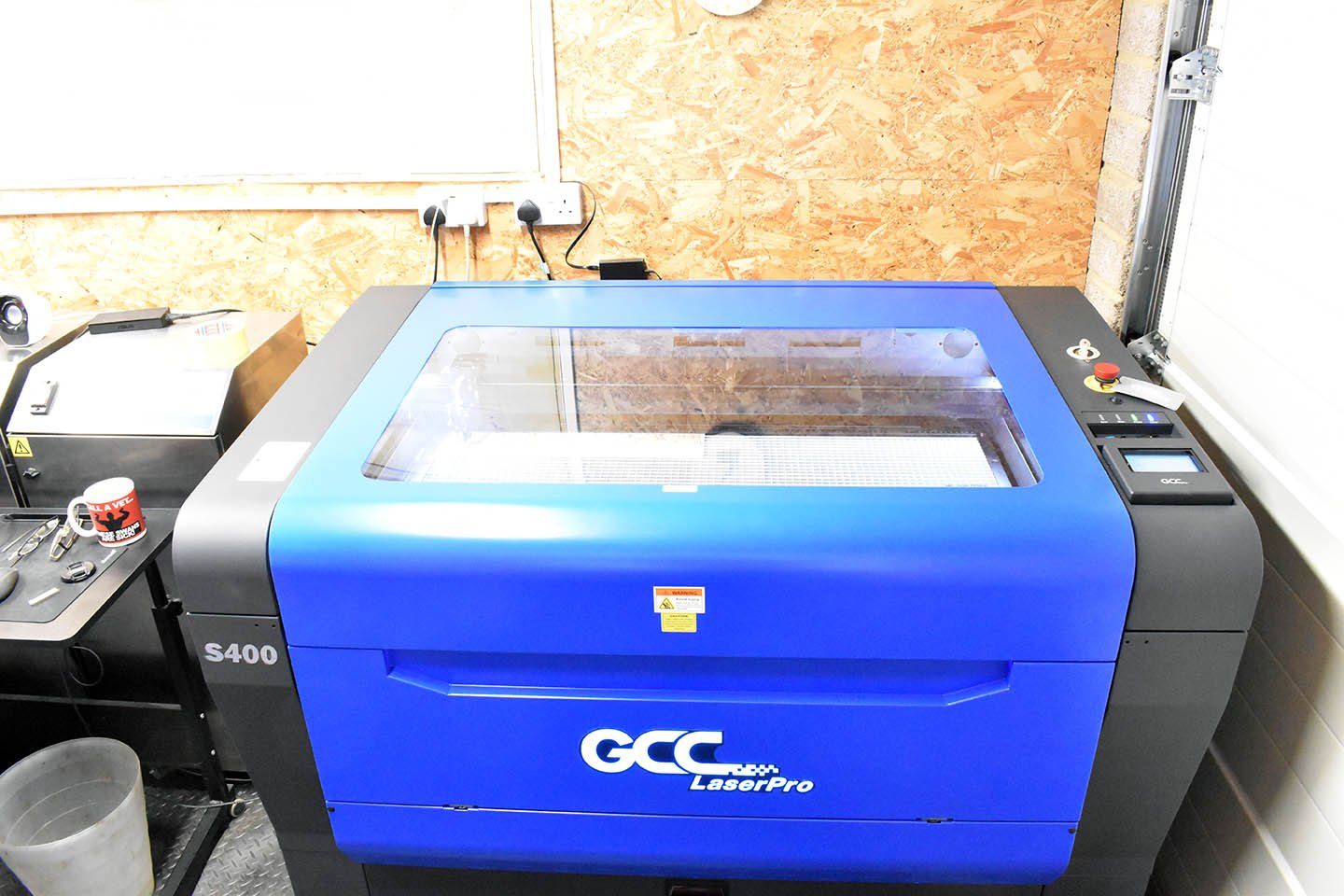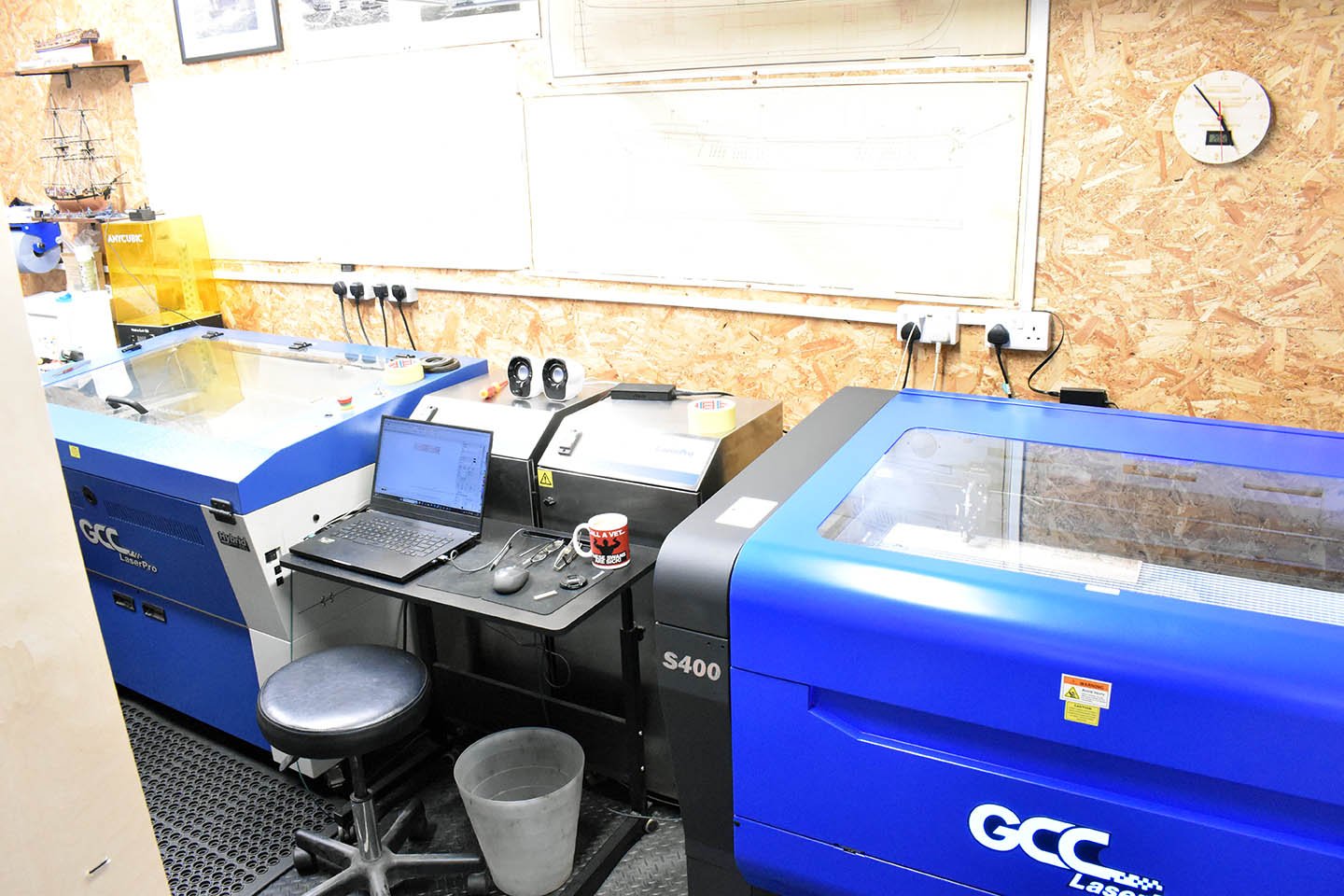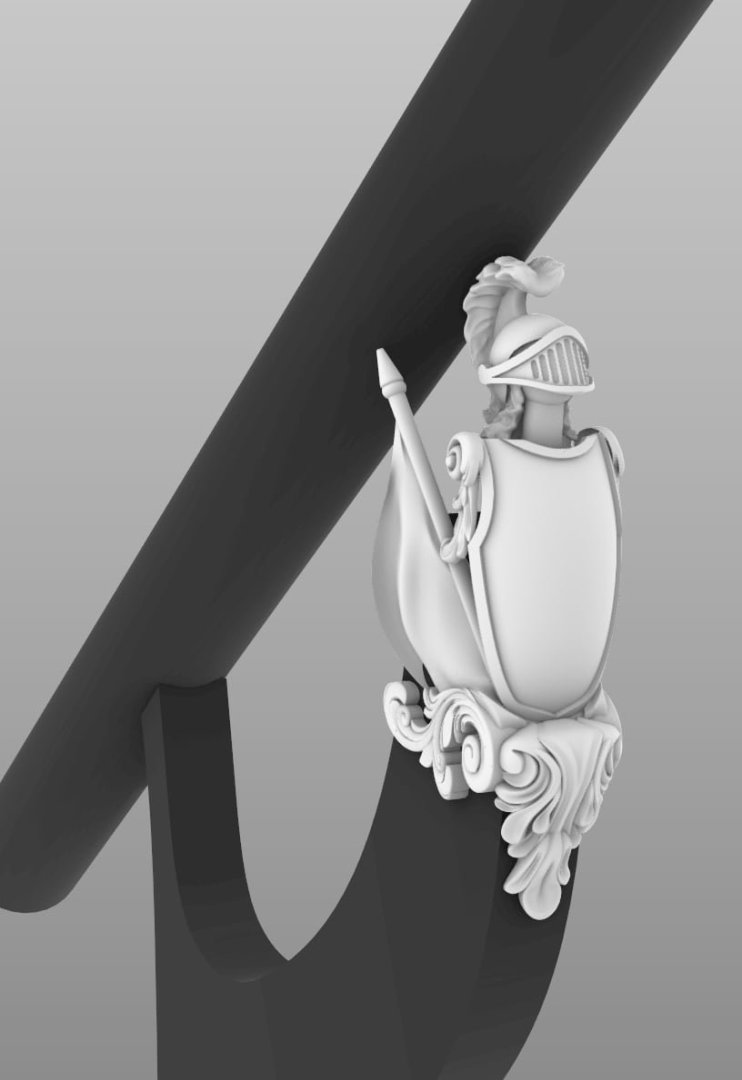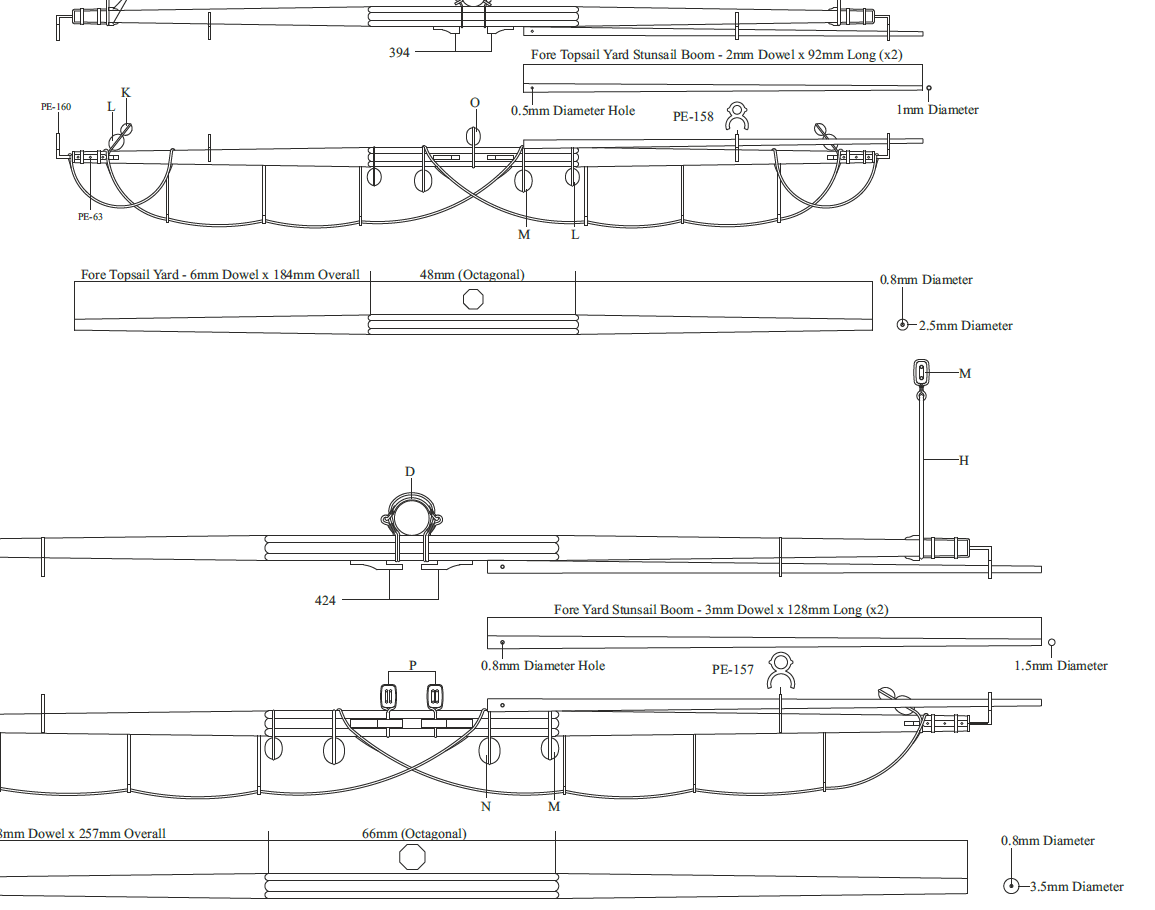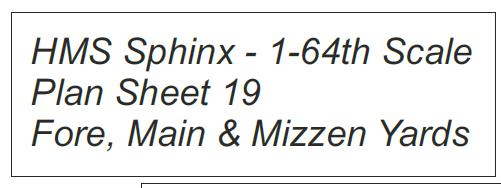-
Posts
2,328 -
Joined
-
Last visited
Content Type
Profiles
Forums
Gallery
Events
Everything posted by chris watton
-
Yes, the books, not the movie. If you wanted a Surprise based off the movie, then Sphinx would be a better starting point, as they were designed for the same amount of guns and thus very similar dimensions. Here is the real difference in size between the film version and the real version, the latter being the one above: (The main wale lines for Surprise are erroneous, and will not be on the actual model, being French)
-
I have had quite a few enquiries regarding Surprise, asking if it is the film version. No - it is NOT the film version. It is being developed using the original Admiralty plans of Surprise (Unité of 1794, captured 1796) and he sister, the French Sixth Rate frigate Tourterelle (1794) If I were to develop Surprise as per the film, Master and Commander, the hull would be almost 20% smaller, being more Sphinx size, it would be around 18 foot shorter along the gun deck. This is because the film Surprise is that of a replica of a Seaford Class 20 gun ship of the 1750's, somewhat smaller than the actual HMS Surprise - and by the tail end of the 1790's, Surprise was considered very small for a frigate (hence why some refer to her and her sister as corvettes rather than frigates).
-
I had my new laser machine delivered and set up yesterday, a few teething problems, but to be sorted. I now have 2 large machines, with the new one picked specifically for the larger kits I have in mind in the future. This is by far the largest investment yet. Damn, I need more space.... Pics are a little too bright, shutter doors were open and sun was shining in!
-
Working area not much bigger, 1016 X 610mm compared to the 960 x 610mm of my current machine. However, that extra length does mean I can put 12 x 100x500mm sheets on the bed, rather than 10 sheets, plus I won't have to cut off 50mm off the ends of my larger (1000mm long) sheets to get them to fit. Current machine is an 80 Watt Sealed CO2 Laser, whereas the new one is 100 Watt (my first one, which is being part exchanged for the new one, is only a 40 Watt and a 635 x 458mm work area, so no good for Indy or Surprise, but got me started and it did cut the first few kits fine, if a little slow...)
-
I am sure I have already answered this a few posts ago. I have commissioned 3 figures (along with 2 figureheads). 2 figures being Aubrey and Maturin playing their instruments, and another figure with Aubrey in standing pose. Not cheap to commission, but I always had this in mind for Surprise and think they would be cool to add. These are being worked on right now. I know some will ask for more, like Killick bumbling into the cabin with a tray of food, but the ones I am having done are expensive, so perhaps something to add at a later date.
-
She looks fantastic, Bob, and I love the figures, they give the model 'Life'!
- 207 replies
-
- vanguard models
- Duchess of Kingston
-
(and 1 more)
Tagged with:
-
I am hoping to have this a couple of hundred Pounds cheaper than Indy. A new box will be needed, a little smaller than Indy, at around 850mm length (largest laser cut sheets will be 800mm) OK, for the main pumps, I cannot run away from the fact that the real thing had 6 hand pumps, 3 per side of the Main Mast. This fact is even mentioned in one of the books I am using for reference. As with the Indy and her hand pumps, I cannot ignore this, so this is what my Surprise shall have as standard. However, I shall try (as in remember) to include an alternatve chain pump set in the kit, to give the modeller the choice. For the main armament, however, I will include as standard 24 x 9-Pounder carriage guns, and offer the 32-Pounder carronades as an optional extra (cannot include both in the kit, as the price would be higher) But, early days yet, still a lot to do...
-
Most of the parts are just MDF for this first build, as I know this is just to test what I have already done, and a few things will be tweaked, and the hull then thrown away.. There are scale deck beams for both the gun deck and upper deck, which will be in 4mm thick pear for the kit. There will be a little detail on the lower deck (although you will not be able to really see it) This will be my first design that does away completely with a ply sub deck. With scale spaced beams, a sub deck isn't really needed, so a 'Floating' laser engraved deck will be included (Or you can discard the supplied deck and plank as you like...) I have also designed the bow so that the gun deck isn't cut off by the forward most bulkheads, as is usually the case, but goes all the way forward. (Including the bow chaser/bridle port being framed) . Am yet to see how well this works out... Overall length will be around 1176mm including the bowsprit and mizzen boom. Oh, and I have my new laser machine arrive a week today!
-
I am waiting for the shipment to arrive. Trust me, when I have them in stock, I have no intention of keeping it a secret
- 48 replies
-
No, there have only been two verssions of the manual. The first 50 manuals stopped at the mast assembly, as the kit was released before the prototype model was fully finished. Once the 50 manuals from the first run were used up, Version 2 of the manuals were printed, with the only change being a few more pictures of the masting and rigging. Nothing else has ever changed, not the laser cut files, not the plan sheets - once designs are finalised, they are not changed again unless there's a very good reason. But in Sphinx's case, designs and plan sheets have never changed, just a few more pages added in the manual.
-
Ah, I see. They are not shown because they are not included - It seems main lower booms were fitted, but not the fore, at least from what I could garner. This is why they are not shown - you are looking for something that the kit does not have. If you wanted to include them, you can, but perhaps have them stowed on the boat beams, in-between the boats, as the anchors would probably smash them up otherwise...
-
The kit will be based off the original lines of the Unité-class corvette, launched in 1794 and captured in 1796 and renamed Surprise. There will be an option to buy either the original 32-Pounder carronade main battery, or, as standard in the kit, 24 x 9-Pounder long guns as per the novels. Same applies for main pumps. There will be 2 figureheads, one as per the original (or as near as dammit, as what a weird figurehead..), or a choice of one more like in the novels/movie.
-
When the lid is closed, there is space for the capstan bars to go over, I checked when designing the companion - what is in your Harpy is the third iteration of that (Initially, I designed as per the plan, with not housing, just the coamings). There are numerous records of officers moaning about the fact that some deck fittings were too close to the capstan, or the ladderways being too restrictive, and suggesting they be moved... ETA - I did purchase 4 plans for Harpy, with two for Diligence. My first plan was Harpy profiles, which showed stocks for swivel guns, so I assume this was one of the first drafts, just before 6-Pounder main battery with 12 x swivels were changed in favour of the much heavier broadside of 16 x 32-Pounder carronades and 2 x long gun chasers - as a later plan shows the swivel stocks removed, along with changes to the fore channel positions. (from what I remember when researching/designing this, at least...)
- 332 replies
-
- Harpy
- Vanguard Models
-
(and 1 more)
Tagged with:
-
I should mention this: A lot of the customer gallery photos are missing. This is because the old website decided to lock us out completely just before the changeover, and before we had finished exporting the files for all the photos the customers sent us, so only a few got through. We will need to rebuild this gallery over the coming months - but for those who no longer see their pictures in the gallery, don't worry, it's not that we didn’t want them, on the contrary, it's just that we just couldn't not export them before the old site decided to throw a wobbly. We did manage to export all existing customer info though, the customer photos was the very last task to changeover. Oh, also, for anyone in the UK, we will have a stand at SMS 50TH Anniversary Exhibition: 10-12 June at Portsmouth! No idea what this will be like....
About us
Modelshipworld - Advancing Ship Modeling through Research
SSL Secured
Your security is important for us so this Website is SSL-Secured
NRG Mailing Address
Nautical Research Guild
237 South Lincoln Street
Westmont IL, 60559-1917
Model Ship World ® and the MSW logo are Registered Trademarks, and belong to the Nautical Research Guild (United States Patent and Trademark Office: No. 6,929,264 & No. 6,929,274, registered Dec. 20, 2022)
Helpful Links
About the NRG
If you enjoy building ship models that are historically accurate as well as beautiful, then The Nautical Research Guild (NRG) is just right for you.
The Guild is a non-profit educational organization whose mission is to “Advance Ship Modeling Through Research”. We provide support to our members in their efforts to raise the quality of their model ships.
The Nautical Research Guild has published our world-renowned quarterly magazine, The Nautical Research Journal, since 1955. The pages of the Journal are full of articles by accomplished ship modelers who show you how they create those exquisite details on their models, and by maritime historians who show you the correct details to build. The Journal is available in both print and digital editions. Go to the NRG web site (www.thenrg.org) to download a complimentary digital copy of the Journal. The NRG also publishes plan sets, books and compilations of back issues of the Journal and the former Ships in Scale and Model Ship Builder magazines.





